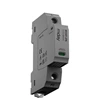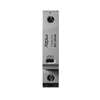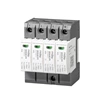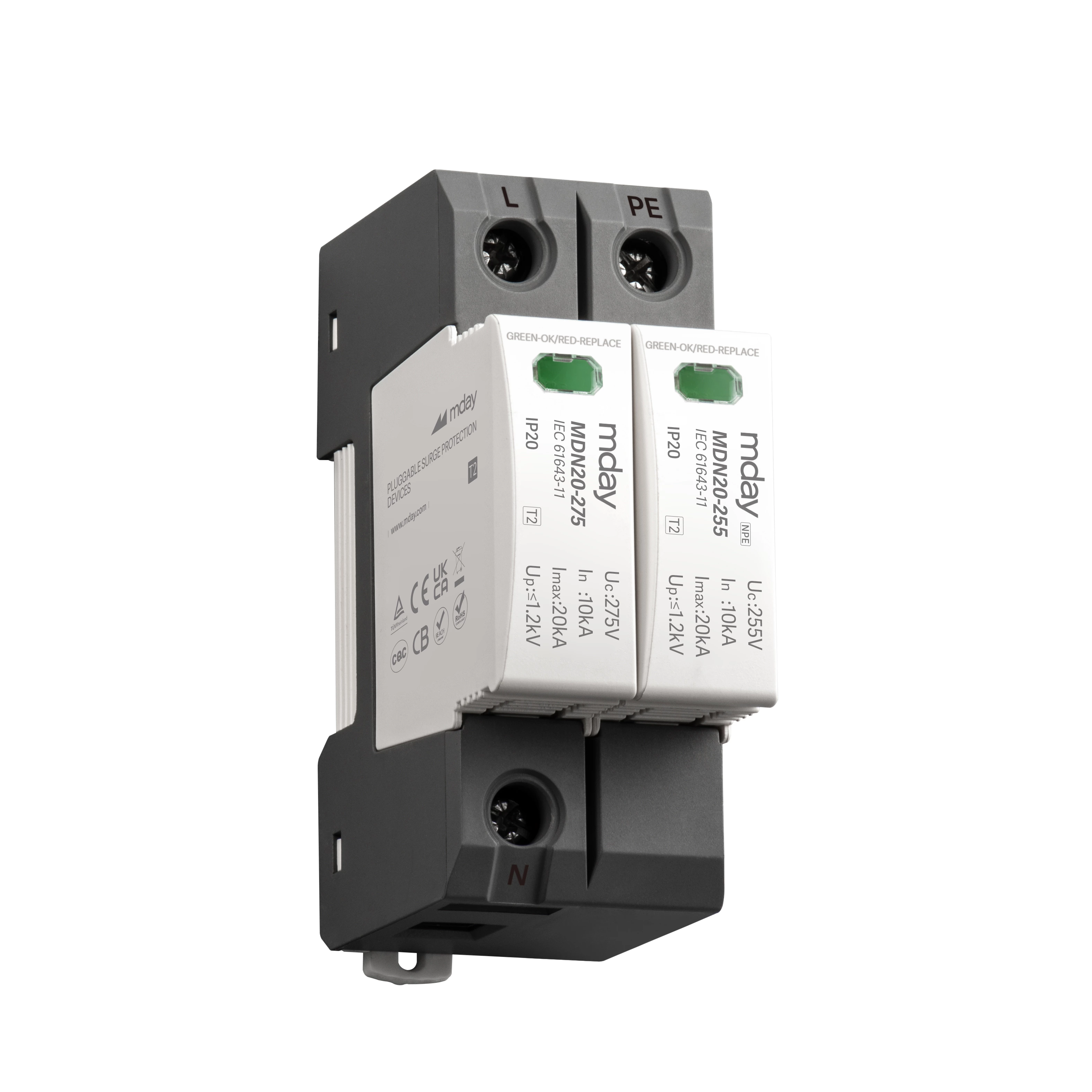The Principle Of Surge Protector - A Comprehensive Understanding In 1 Minute
With the rapid development of science and technology, the continuous increase and expansion of electronic intelligent devices and signal equipment, the safety environment required by people when using these devices is particularly important. Especially in the spring and summer thunderstorm season, the principle of surge protector is extremely important. So what is it? Next, the editor will take you to a comprehensive understanding of surge protectors.
surge protection device, English name Surge Protective Device, referred to as SPD, also known as lightning arrester, is an electronic device that provides safety protection for various electronic equipment, instruments and meters, and communication lines. The principle of surge protective device is mainly used to limit overvoltage and discharge surge current. Surge protector is generally connected in parallel with the protected equipment. When overvoltage is generated, it can play a role in shunting and voltage limiting. Prevent excessive current and voltage from damaging equipment.
The principle of surge protector Under normal circumstances, the protector is in a high-resistance state. When the power grid causes surge overvoltage due to lightning strikes or other reasons, the protector will quickly turn on in nanoseconds and introduce the surge overvoltage into the earth, thereby protecting the electrical equipment on the power grid. When the surge overvoltage passes through the protector and disappears, the protector returns to a high-resistance state, thus not affecting the normal operation of the power grid.
The core component of the surge protector is a nonlinear component inside. According to the difference in nonlinear components, the surge protector can be divided into a switch type (the core component is mainly a discharge gap) and a voltage-limiting type (the core component is mainly a varistor).
Although the working principles of the discharge gap and the varistor of the surge protector are different, their basic characteristics are very similar: when there is no overvoltage, their impedance is very high, generally in the megohm level, which is almost equivalent to a circuit breaker. When an overvoltage occurs, the impedance drops rapidly to a few ohms, and the surge current will flow into the ground through the surge protector instead of entering the equipment. At the same time, because the impedance of the surge protector is very small at this time, its two-way voltage is also relatively small. At the same time, because it is connected in parallel with the protected equipment, it prevents the equipment from being subjected to a large surge voltage. In this way, the effect of current discharge and voltage limiting is achieved.
1. Sealed structure, stable operation, long life;
2. With operating status indicator light, the working status can be clearly identified;
3. Fast response time, large absorption and discharge volume;
4. Built-in thermal protection mechanism;
5. Arc-interrupting arc extinguishing technology, SPD does not catch fire.











